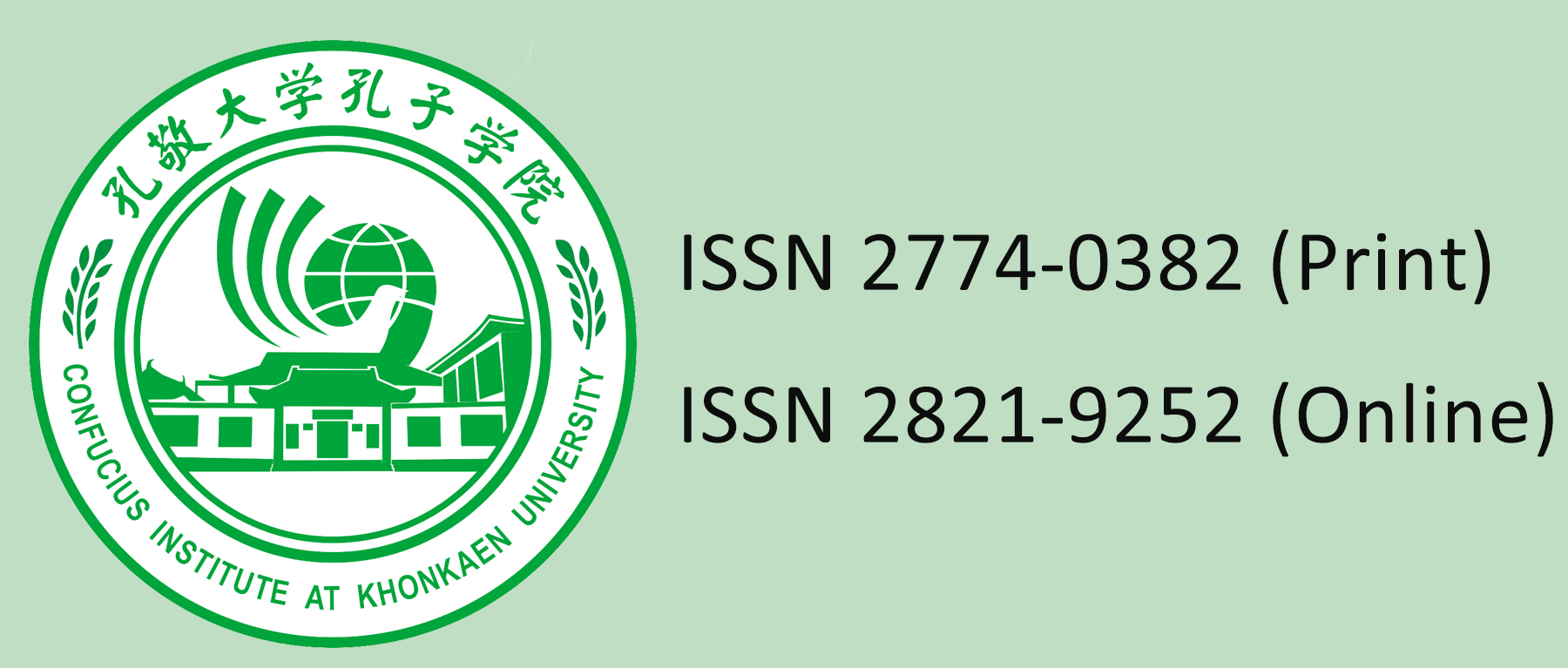Constructional Analysis and the Formation of “Adj. ye(也)Adj.+budaonaliqu(不到哪里去)”
Main Article Content
Abstract
“Adj. ye Adj.+budaonaliqu” is an independent and typical oral construction in modern Chinese. Based on the theoretical framework of constructive grammar, this paper discusses the construct from four aspects: components, semantics, sources, and causes. The “A” in the construct, the former is a variation adjective, the latter is a property adjective, and the latter is closely combined with “budaonaliqu”. The associative adverb “ye” connects the two to form a comparative context. The constructed meaning is that the speaker assumes that the subject has an A character, but that this nature does not exceed a limited amount of subjective evaluation in quantity or degree. Through corpus analysis, we infer that the construct is developed from “Verb. ye Verb.+budaonaliqu”, and discusses from three aspects: the change of part of speech, the development of cognition and the cause of class promotion, one is that the relationship between the verb and the adjective itself in Chinese promotes the development and evolution of “Verb. ye Verb.+budaonaliqu” to develop and evolve the construct of “Adj. ye Adj.+budaonaliqu”; the second is that the use of metaphorical mechanisms in communication causes differences in the cognitive perspectives of both sides, resulting in a variety of understandings of constructs in the process of use. “Verb. ye Verb.+budaonaliqu” analogy creates conditions for “Adj. ye Adj.+budaonaliqu” ; third, the traceability of snow cloning makes the A in “Adj. ye Adj.+budaonaliqu” all be suppressed to varying degrees by the configuration of the source expression “Verb. ye Verb.+budaonaliqu”, so the nature of the former A will be closer to the verb.


